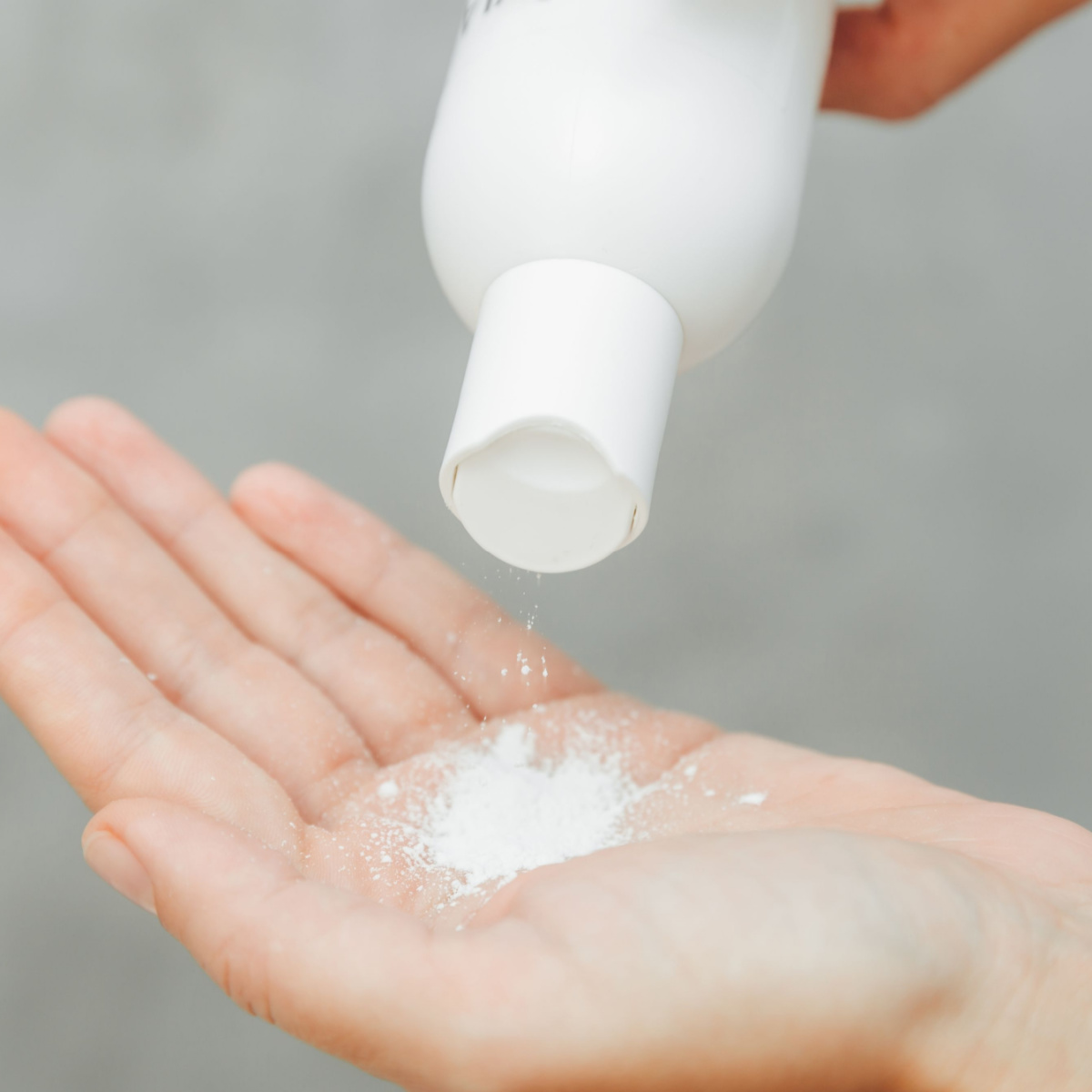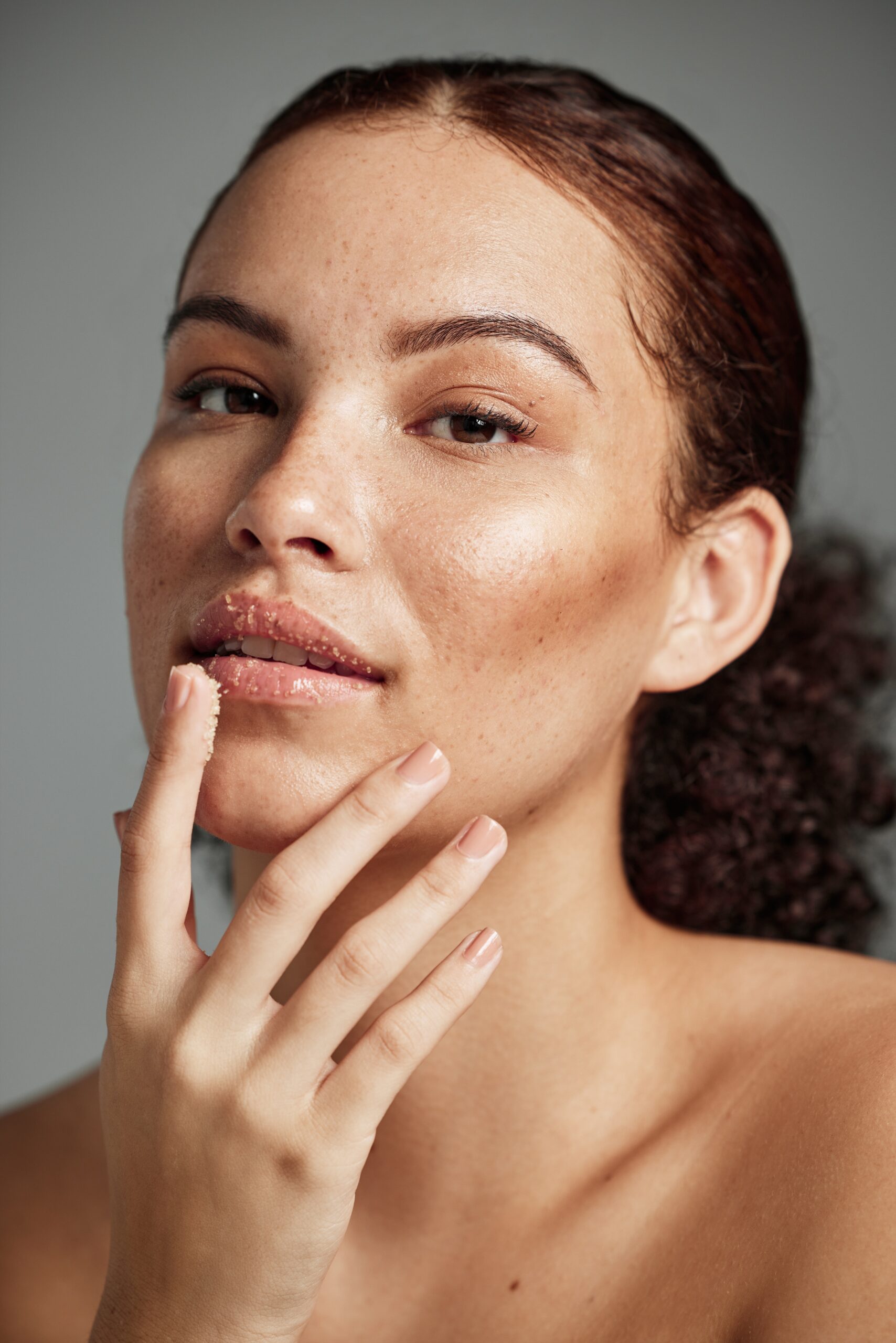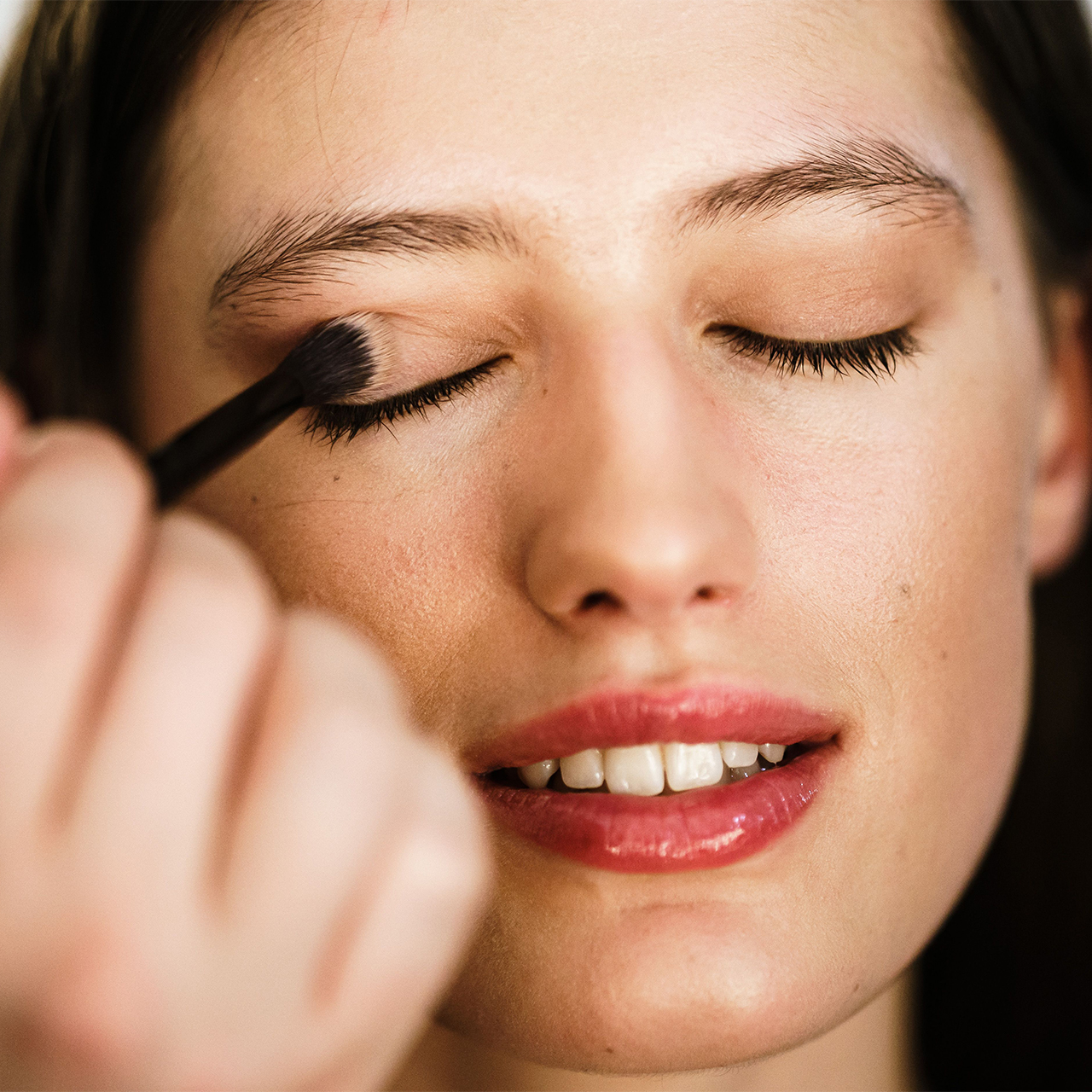With winter approaching, many of us are opting for tights, fitted skirts, jeans with rough fabric and other pieces that (along with dry skin-inducing colder weather) can lead to chafing. The most common form of this skin irritation can happen when your inner thighs rub together— either through skin-to-skin contact or clothing— and this can then lead to a rash, dry, peeling skin and itchiness.
We checked in with dermatologists and skin experts to learn more about chafing, and how to prevent this from occurring in your thigh area and elsewhere— whether in winter or any other season. Read on for tips and insight from Dr. Elaine F. Kung, M.D., FAAD, board-certified dermatologist and founder of Future Bright Dermatology, Dr. Heidi Prather, board-certified dermatologist at Westlake Dermatology, and clinical dermatologist Dr. Enrizza P. Factor.
@dr.zionko The most common cause for #hyperpigmentation on inner thighs is due to friction leading to irritatation. #chafingthighs #chafing ♬ About Damn Time – Lizzo
First Off, How Does Chafing Happen?
Chafing, as Factor explains, can happen “between the legs most commonly, under the armpits, and ultimately anywhere we have skin-on-skin contact.” While you may think of chafing as only a summer-related issue, Factor notes that it really can happen whenever you sweat (and for many of us, this still occurs under thick winter clothes and tight pieces, even as the outside temperatures drop). “Sweat on the surface of the skin is an irritant, so that further breaks down the skin barrier, and this can really cause a lot of problems for people with really uncomfortable rashes,” she says, adding to “try and stay cool and dry” in clothing that helps you feel warm, but not warm enough to sweat excessively.
@supplechic Will you be trying these Stop Thigh Chafing Hacks? #plussizelifestyle #thighchafe #thighchaffing #lifehackstiktok #plussizeproblems #thickthighproblems #size18style #curvytiktoker #curvyfashion ♬ original sound – supplechic
To prevent thigh chafing especially, Factor says that if you are ever sweaty, to “change out of wet, sweaty clothing as soon as you can.” Remaining in wet, drenched clothing (whether it’s your workout leggings or nylon tights for a long period of time), she says, is not ideal, as you “don’t want to sit in clothing that can harbor bacteria and further aggravate the skin there.” This, she warns, can “set you up for not only chafing, but also a type of little skin infection called folliculitis.” With that said, Factor, Kung and Prather helped us round up 6 home remedies for inner thigh, underarm, or other chafing:
@maiandouglas Reply to @artistnamednobody look alive bbies. Links are in my bio #plussize #plussizetiktok #bodyconfidence #nyc #plussizetips #fyp ♬ original sound – Maia N
6 Home Remedies for Chafing
@dr_nina_ Lighten up those dark thighs naturally with these moisturizers! #askdrnina #thightok #darkthigh#darkthightreatment #naturalremedy #moisturizer ♬ original sound – Dr. Nina BeautifulBrwnBabyDol
1. Aloe
Aloe vera gel is a “great home remedy” for relieving chafed skin, Factor says, instructing to “apply a liberal amount of aloe to treat red and inflamed areas.” She says to continue to apply to the area in question until “redness or stinging and irritation have stopped.” The key here is to apply cold gel to the irritated area, just as you would to treat a sunburn.
@spiceboutique Thick thighs saves lives #lifehack #fashion #fyp #foryoupage #thickerthenasnicker #thickgirlcheck #curvytiktok #tiktokfashion ♬ original sound – SpiceBoutique
2. Deodorant
If you’re in a rush and need to relieve chafed thighs as soon as possible, another option that you definitely have in your bathroom is your favorite stick of deodorant. By applying a small amount in the affected area, you are less likely to sweat, and more likely to prevent additional drying and peeling.


3. Olive Oil
Olive oil has long been used in ancient European skincare for a boost of instant moisture to dry skin. If you're in a pinch and need to relieve chafed thighs fast, using a dab of olive oil in this area could hydrate dry, irritated skin. Prather dubs olive oil as her "favorite oil to use for skincare," for this reason, as it is "full of antioxidants" and keeps skin looking and feeling "fresh and hydrated." She notes that since it is a "heavier oil, it may not rub in as readily," so starting off with small amounts is important.

4. Coconut Oil
Factor also points to coconut oil as another option to treat chafed thighs and skin, as this "may reduce inflammation, help with wound healing, and kill off bacteria on the skin." This thick oil, like olive oil, is best when applied in small amounts to see if it makes a difference, before adding on more, as it may not provide optimal results right away. Ultimately, as Factor notes, coconut oil is often used to treat eczema, and can also hydrate dry, chafed areas of skin.

5. Shea Butter
Another beloved skincare ingredient for dry, chafing skin is shea butter, Kung says, as its soothing effects can help work on your thighs like an emollient. This is often included in lotions made for dry skin, along with other products that aim to hydrate, prevent cell damage and provide sun protection. In addition, Kung recommends choosing a "diaper rash cream" in your thigh area after showering with "shea butter as an ingredient," along with "zinc oxide, mineral oil and petrolatum for healing." Petrolatum and shea butter in particular, are "good occlusive ingredients that help seal moisture in the skin," Kung adds.

6. Baby Powder
Baby powder is a timeless tool to not only treat chafing, but also to prevent it. Factor suggests considering "using a powder to help absorb excess sweat." There are a lot of body powders out there, she says, so choosing one that isn't *too* clumpy, and using a small amount to start with is vital to prevent more inadvertent irritation. It's important to avoid too much powder, Factor adds, because "when you are already really sweaty, this can clump up." The clumped up powder actually can "end up being abrasive and more irritating," if there is too much residue. She also notes that your dermatologist can help you choose the right product for you and your thighs.

Overall, chafing can be uncomfortable, daunting, and stressful, but no matter where on your body this is occurring, treating it is possible and simple. Kung also suggests to "avoid wearing coarse fabrics" and tight clothes often (allowing time for your thighs to breathe in looser, softer pieces) and to also create a balanced, hydrating diet for yourself that will nourish dry skin this winter in general. Along with the aforementioned treatment methods, Kung concludes that eating a vitamin C and E-rich diet can also help with dry skin, as these are "well known as potent antioxidants that protect our skin from UV-damage." In addition, they also protect our "skin cell barrier which reduces dryness," and helps with collagen production as well.


























